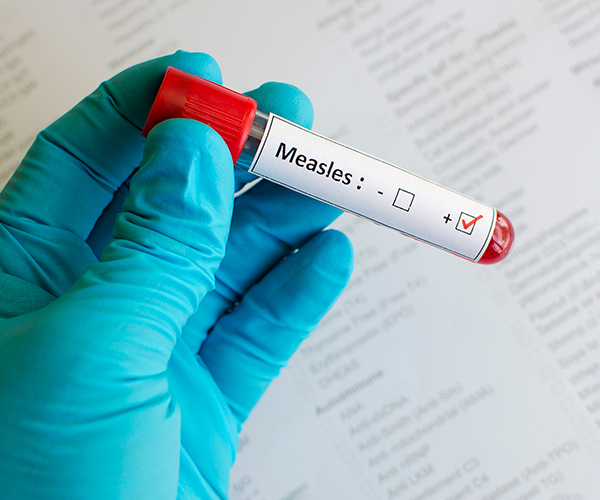|
For more information on diabetes and eye health, contact: Cleveland Sight Center/Society for the Blind, (216) 791-8118 Diabetes Association of Greater Cleveland, (216) 591-0800 Lighthouse International, 1-800-829-0500 Prevent Blindness Ohio, 1-800-301-2020 Web sites of interest include: Cleveland Clinic Cole Eye Institute, www.clevelandclinic.org/eye Cleveland Sight Center, www.clevelandsightcenter.org CWRU Ophthalmology/University Hospitals, www.cwrueyes.com National Eye Institute, www.nei.nih.gov |
When you've got diabetes — high blood sugar that causes damage to the blood vessels supplying cells, tissues and organs with oxygen and nutrients — you've got a 50 percent chance of losing your sight to diabetic retinopathy (damage to the retina, which processes visual signals, at the back of the eye). You are also more likely to have earlier onset and faster progression of age-related macular degeneration (damage to macula tissues at the back of the eye); you're 40 percent more likely to develop glaucoma (damage to the optic nerve); and 60 percent more likely to get cataracts (clouding of the eye's lens).
And you can have all those problems at the same time. "That's why diabetes is the leading cause of visual disability in working Americans," says Dr. Thomas L. Steinemann, an ophthalmologist-researcher at MetroHealth Medical Center and an associate professor of ophthalmology at Case Medical School.
That's the bad news.
The good news is that Northeast Ohio is also home to some of the best research being done in America on eye complications, disorders and diseases caused by diabetes.
Physician-researcher-professor Suber Huang, director of vitroretinal diseases and surgery at University Hospitals and past president of the Cleveland Ophthalmologic Society, cites the following factors for making vision research here "a national priority":
• recruitment of top vision researchers, including Dr. Kern and Hilel Lewis at The Cleveland Clinic;
• the opening of the Clinic's Cole Eye Research Institute in 1999;
• an outpouring of funding from the National Eye Institute for Case's Visual Sciences Research Center and phenomenal funding by the Diabetes Association of Greater Cleveland and individual donors
• the collaborative zeitgeist rippling through Northeast Ohio;
• a huge population of people needing diabetes-related vision care.
Pieces of the puzzle
Research focuses on many areas. In the national FIND study (Family Investigation of Nephropathy of Diabetes), locally based at MetroHealth Medical Center, researchers are identifying and working with families with high incidences of diabetes to discover the genetic and environmental factors that initiate and fuel the eye disorders and kidney disease that come with diabetes.
At Case, researchers think they may have found why and how blood sugar — glucose and its near twins — forms compounds that cause capillaries, vessels and eye cells to die. Using that information, "we are now working on ways to stop the process," says Kern.
Other research at local medical schools, hospitals and small research facilities, such as Retina Associates of Cleveland, is looking at the effect of high cholesterol and lipid levels on the destruction of capillaries and cells in the eye; better ways to detect diabetes-related eye complications; and the development of slow-release drugs that can be used to treat and/or slow progression of diabetes-related eye problems.
But research isn't just focused on dealing with diabetes-related vision loss. It's aimed at finding a "cure" for diabetes.
Despite the promise inherent in stem-cell research — and the fact that transplanted pancreas cells have provided a "near cure" in several patients with Type 1/juvenile-onset diabetes — we won't be seeing a cell-transplant or gene-related "cure" for Type 2 diabetes anytime soon.
"Type 2 diabetes is much less well understood," says Huang. "Any •cure' is going to be strongly correlated with our ability to treat obesity, hypertension, high cholesterol and other associated disorders, such as cardiovascular disease and smoking."
"That," says Kern, "means people are going to have to change their lifestyle dramatically."
Knowing how tightly many people cleave to their bad behaviors, though, how realistic is that? "Researchers are going to have to keep working on therapies to prevent eye complications," Kern acknowledges.



